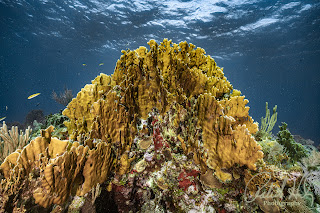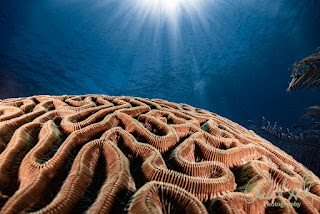What are some of the objections to using Lightroom to process your photos?
Lightroom is a powerful and popular photo editing software used by many photographers. However, despite its many benefits, some objections remain to using Lightroom to process your photos. In this blog, we will explore some of the objections to using Lightroom and what you can do to address them. Cost - One of the biggest objections to using Lightroom is the cost. Lightroom is available as a subscription-based service, which means that you must pay a monthly fee to use the software. For some photographers, this cost can be prohibitive, especially if they are just starting out or are on a tight budget. Solution: There are several alternatives to Lightroom that are either free or have a one-time cost, such as Darktable, RawTherapee, or Capture One Express. These alternatives offer similar features to Lightroom, and while they may not have the same level of integration as other Adobe software, they are still a great option for photo editing. Complexit...


